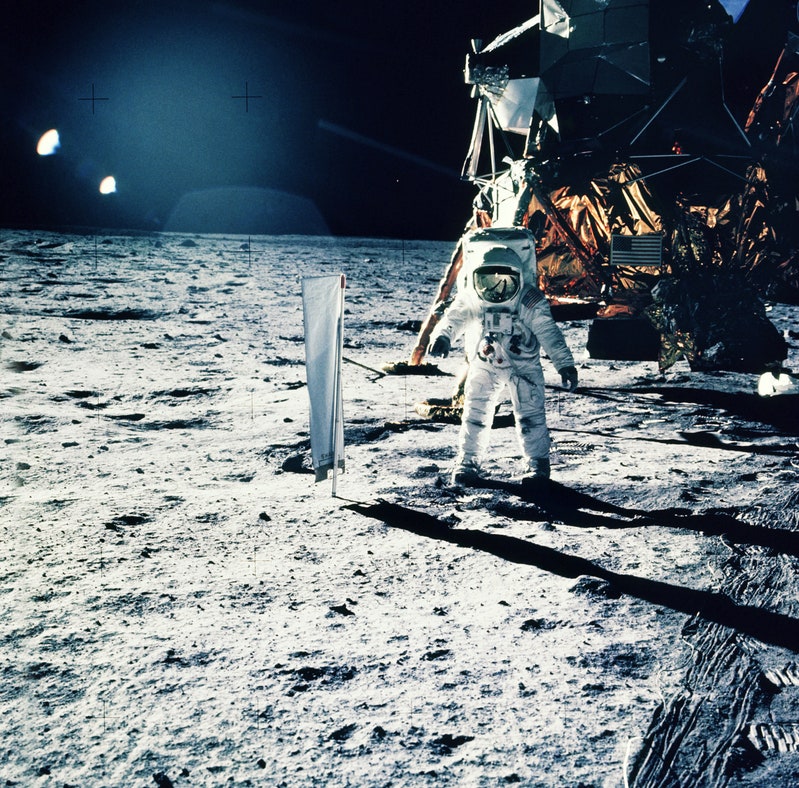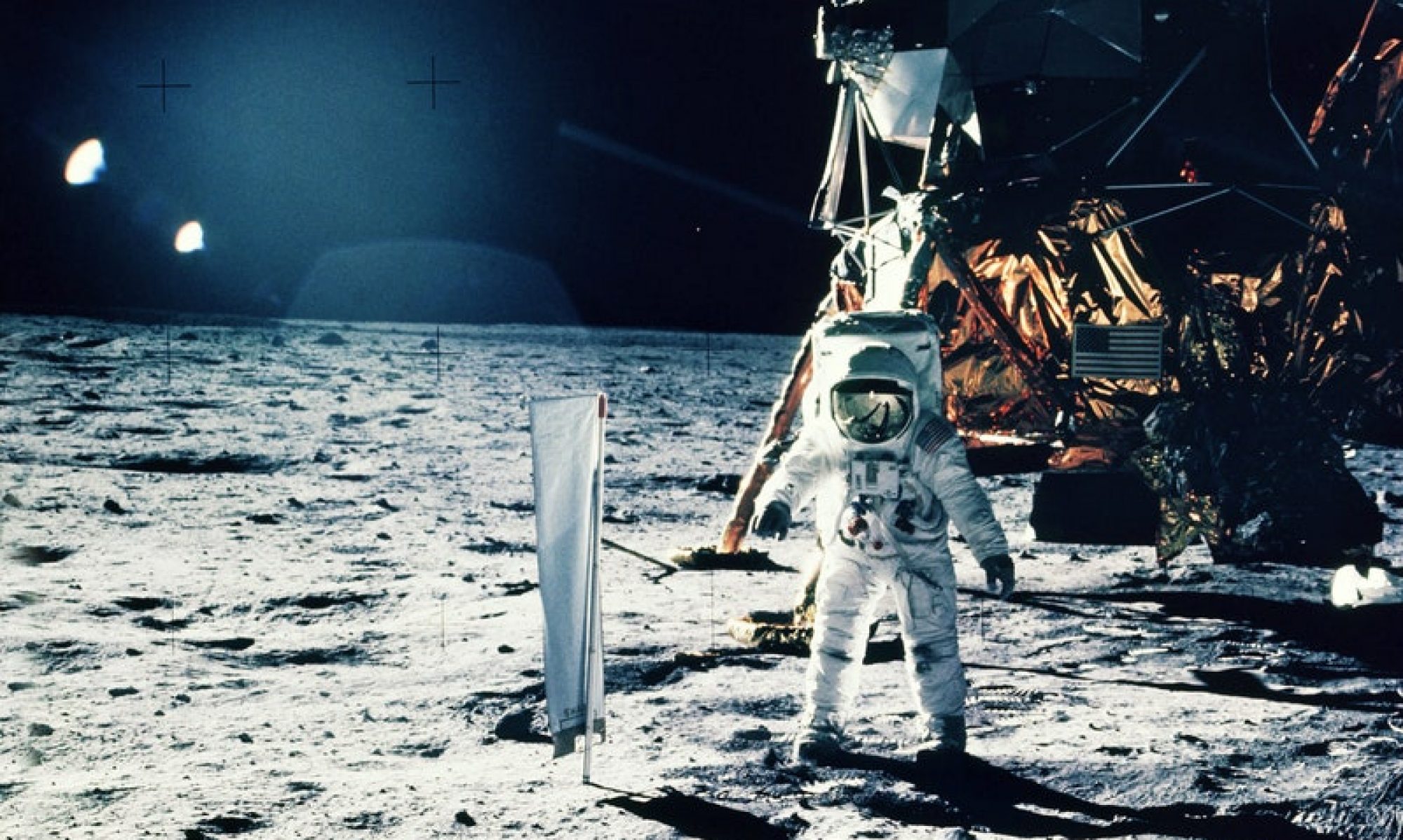Did you know that a key to our GPS systems lies… on the Moon? In 1969, Apollo 11 astronauts placed the Laser Ranging Retroreflector (LRRR) on the Moon. This device reflects laser beams sent from Earth, allowing scientists to measure the Earth-Moon distance to the millimeter. It’s Moon Helped Create $1.4 industry.

Here’s where it gets fascinating: this precision paved the way for GPS. GPS relies on time calculations across vast distances—concepts perfected through experiments like LRRR. Scientists used the LRRR to measure the Moon’s distance within millimeters—an achievement that became foundational for GPS by refining Einstein’s space-time equations. Scientists applied these equations to GPS satellites, enabling them to pinpoint your location in real-time.
Thanks to GPS, we enjoy accurate navigation, optimized shipping routes, and real-time global positioning. Whether you’re using GPS for driving, delivery services, or finding your lost pet, this technology has contributed to the global economy. Since its commercialization, GPS has created $1.4 trillion in economic benefits, underscoring the incredible returns of space exploration.
Let’s Take Action Together!
The Moon’s legacy lives in our technology. The legacy of Apollo still fuels our modern lives. It’s time to spread the word about what space exploration does for us. And the next time you use GPS, tip your hat to the Moon.
The legacy of the LRRR experiment is vast. From pinpointing the Earth’s distance from the Moon to inspiring the GPS technology we rely on daily, this small device has done so much. To see more details on how the LRRR works, check out our post, Laser Ranging Retro Reflector. See more articles like this at our Blog – Spacecraft Guide. Share this article to show why we must keep reaching for the stars.


3 Replies to “How the Moon Helped Create $1.4 Trillion GPS Industry”